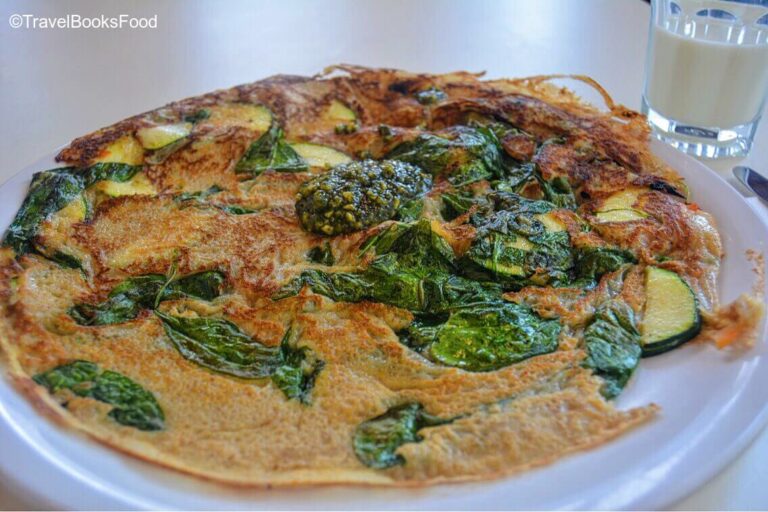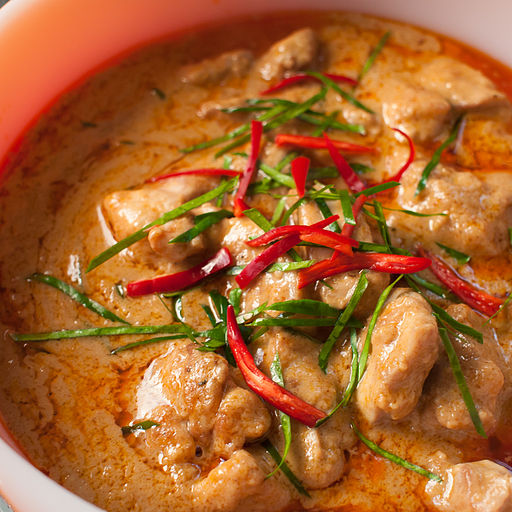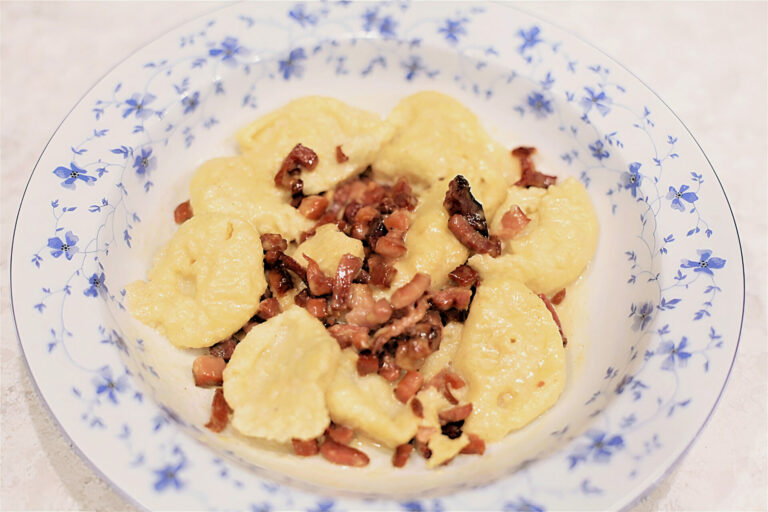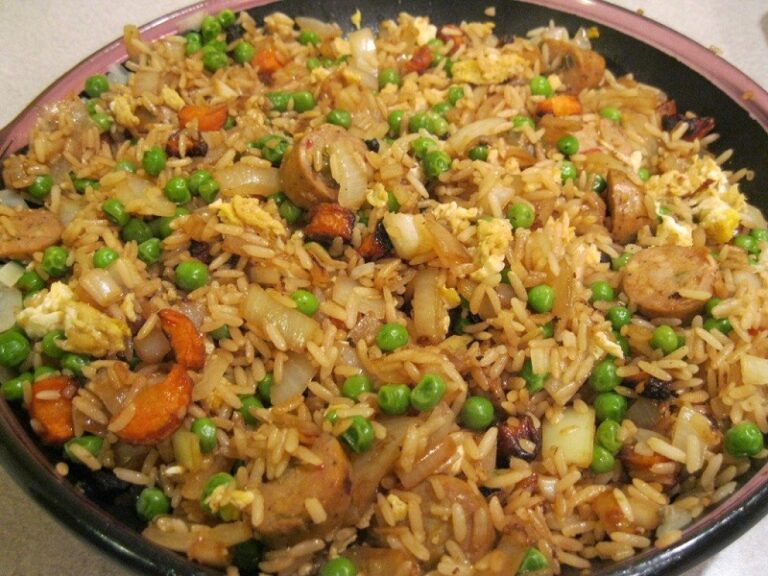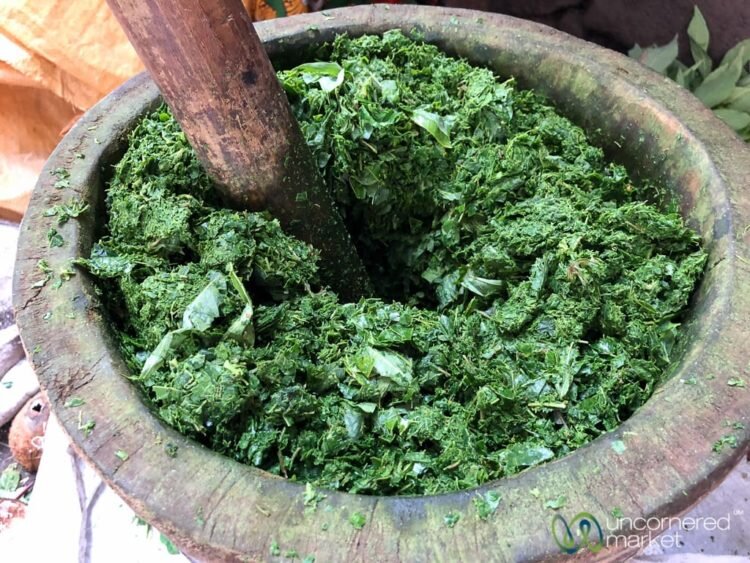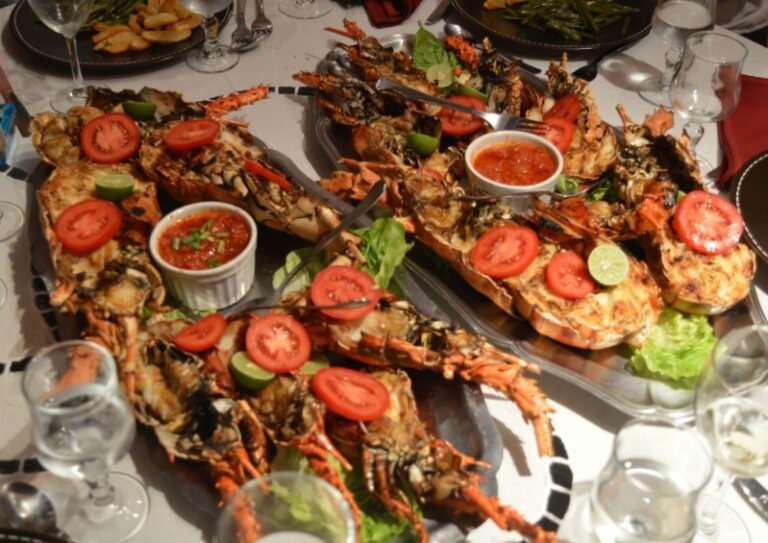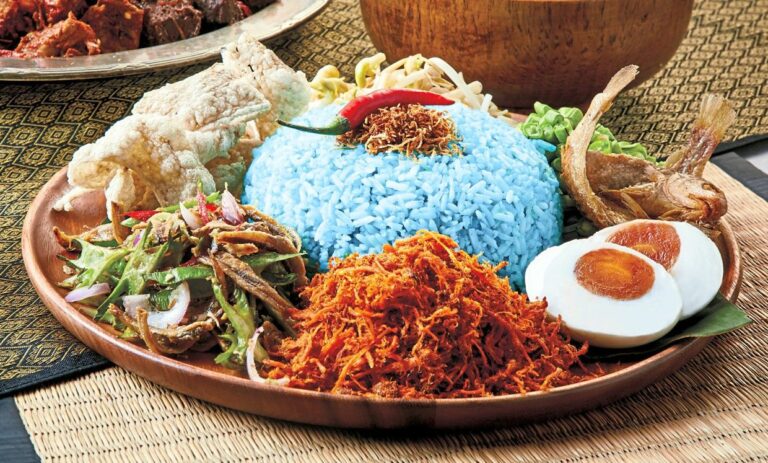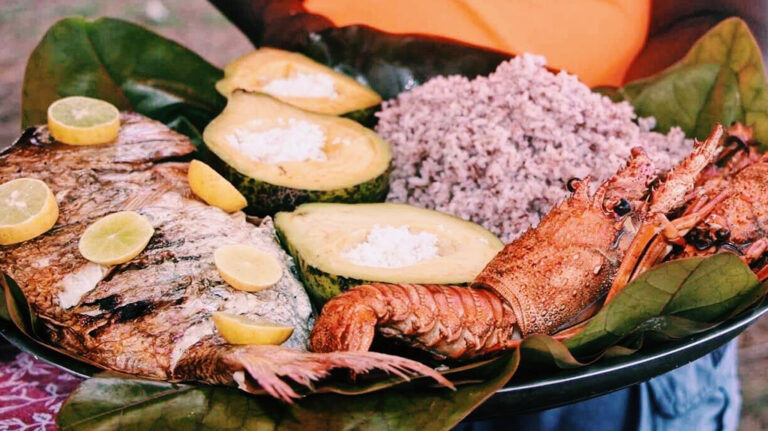Introduction: Exploring Luxembourg’s Culinary Heritage
Luxembourg, a small yet culturally rich country in Western Europe, has a diverse culinary heritage that reflects its unique history and geography. The country has been influenced by the cuisines of its neighboring countries, including France, Germany, and Belgium, as well as its own traditional dishes. One aspect of Luxembourg’s gastronomy that is often overlooked is its wine and beer production.
Luxembourg’s Wine Culture: A Brief Overview
Luxembourg has a long history of winemaking, dating back to the Roman era. Today, the country has three wine regions – the Moselle Valley, the Upper Valley of the Our, and the Valley of the Red Lands – which produce a variety of white, red, and sparkling wines. The most popular grape varieties grown in Luxembourg include Riesling, Pinot Blanc, Pinot Gris, and Gewürztraminer.
The Impact of Luxembourg’s Wines on its Cuisine
Luxembourg’s wines have had a significant impact on the country’s cuisine, with many dishes incorporating wine as a key ingredient. One popular dish is Judd mat Gaardebounen, which consists of smoked pork collar served with boiled beans cooked in white wine. Another dish is Coq au Riesling, which is a variation of the classic French dish Coq au Vin, made with Riesling wine instead of red wine.
Luxembourg’s white wines are often used to prepare sauces for fish and poultry dishes, while red wines are commonly used in stews and meat dishes. Additionally, Luxembourg’s sparkling wines are enjoyed as an aperitif or paired with desserts.
The Role of Beer in Luxembourg’s Gastronomy
Beer is also an important aspect of Luxembourg’s gastronomy, with the country having a long tradition of brewing. Luxembourg is known for its lagers, which are light and crisp, as well as its dark beers, which have a rich, malty flavor. Some of the most popular beer brands in Luxembourg include Bofferding, Diekirch, and Mousel.
Beer and Food Pairing in Luxembourg
In Luxembourg, beer is often paired with traditional dishes such as Kniddelen, which are small dumplings made from flour, eggs, and milk, served with bacon and cream sauce. Other popular dishes that are paired with beer include Judd mat Gaardebounen and Gromperekichelcher, which are potato pancakes.
Luxembourg’s beer culture has also been influenced by its neighboring countries, with Belgian-style beers being popular among beer enthusiasts in the country. Additionally, Luxembourg has a growing craft beer scene, with several microbreweries producing unique and flavorful beers.
Conclusion: Luxembourg’s Wine and Beer in its Diverse Cuisine
Luxembourg’s wine and beer production have played a significant role in the country’s cuisine, with many dishes incorporating wine or beer as a key ingredient. From Judd mat Gaardebounen to Coq au Riesling, Luxembourg’s cuisine reflects its unique history and geography, as well as its appreciation for good food and drink. Whether you’re a wine or beer lover, Luxembourg’s diverse culinary heritage is sure to delight your taste buds.

